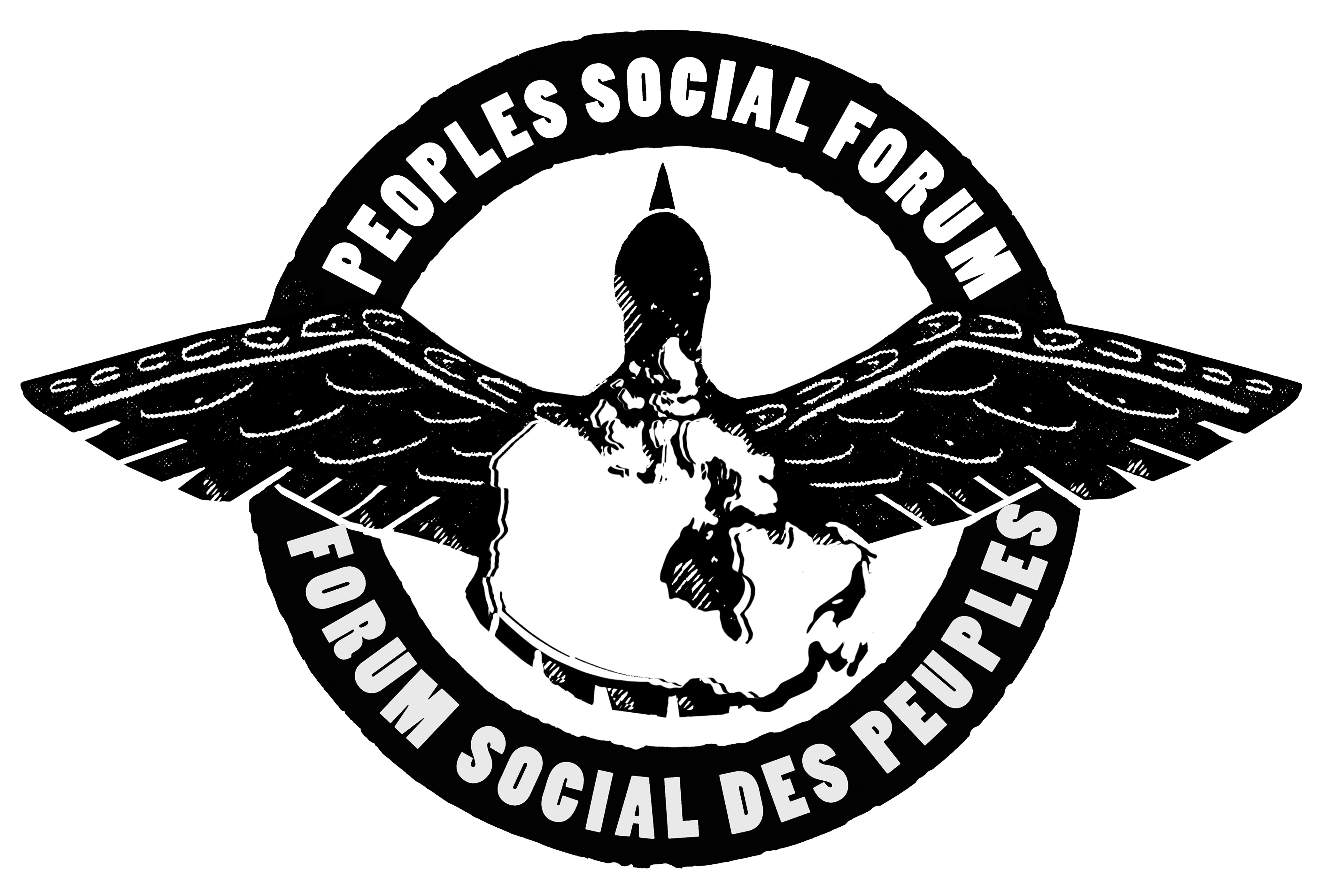The Peoples’ Social Forum has created many opportunities to change the precarious course our society is on.
One promising strategy the democracy assembly agreed on is the proposal to produce a Peoples’ Platform to articulate a common unifying vision that reflects the aspirations of social movements and communities. I had the honour of co-facilitating this assembly with Amélie Nguyen from la Coalition Pas de démocratie sans voix.
The Hamilton Civic League, with the support of the Hamilton chapter of the Council of Canadians, has already begun a Peoples’ Platform initiative for the municipal election in October 2014. As they describe it, “We’ll present that plan to the candidates in the municipal election and ask them to support it. This way, we all get to say what we want before we decide who we want.”
A federal Peoples’ Platform would be a new tool to pressure federal election candidates and parties to adopt more progressive positions. This could be a strong part of our on-the-ground organizing before, during, and after the next election. Want to help construct the Peoples’ Platform? Email me here.
How do we build a Peoples’ Platform?
The processes of the Peoples’ Social Forum provide a ready-made starting point for a first draft of a Peoples’ Platform through the outcomes of the movement assemblies and the closing convergence assembly’s call to action. We can build this foundation to continue the work that began with the forum. Now we just need to broaden the participation of groups and communities from coast to coast to coast to further develop it.
How do we get to the point of having an agreed-upon Peoples’ Platform? What would the process be? How can a document be democratically edited by dozens of social movements in hundreds of communities in a way that draft #2 is accurate, inclusive, and meaningful?
These are questions we’ll need to answer together. But it seems to me, it’s worth trying to find out. And thanks to the Peoples’ Social Forum, we’re already part of the way there.
There are some very straightforward steps we can take to draft the Peoples’ Platform, including: conference calls of movements and organizations; town halls and round-table discussions to cultivate the text; door-to-door canvassing in our communities with a questionnaire asking people what they think should be in a Peoples’ Platform; organizing future places and spaces for our movements to converge again; and online engagement including through social media.
Building People Power with a Peoples’ Platform
Social movement issues are often absent from the debates in a federal election. A Peoples’ Platform could highlight how federal parties have much further to go to meet the demands of social movements, and apply pressure to them to do so.
By using a Peoples’ Platform as an on-the-ground organizing and engagement tool, it could help change the terms of debate in the next election. We can develop it based on the social forum outcomes and refine it through coast to coast to coast discussions and debates within and between our organizations and movements over the next year.
Imagine the contrast between political platforms announced from party war rooms midway through the next federal election campaign and a Peoples’ Platform which people are engaged in collectively creating in their communities, months in advance. It has the potential to create a sense of ownership of a political program in people and communities not currently engaged, as well as deeper commitment within and between our various movements to common political goals.
A Peoples’ Platform can be a way of increasing the space for social movements during the next election and subsequent elections. It can be a new way to challenge all parties across the political spectrum to listen to and ultimately support the demands of social movements.
With the backing of a critical mass of social movements, in combination with community organizing, it has the potential to push federal candidates and incumbents to pledge to support the Peoples Platform if elected. If we aim to print thousands of copies of the Peoples’ Platform for distribution, at minimum in key ridings, think of the impact that could have on local election races from coast to coast to coast.
A Peoples’ Platform for 2015 and beyond
The underlying cornerstone of a Peoples’ Platform can and should be about much more than the next federal election. A Peoples’ Platform is a tool that could have strategic value during the next federal election, but it has the potential to transcend that.
A Peoples’ Platform can also be a novel organizing strategy for building a stronger more united movement to challenge neoliberalism, regardless of who wins the next election. It can be used to generate debates and discussions in communities from coast to coast to coast about what a second draft should include. And it can be used to grow much deeper movement roots through town halls and door-to-door organizing.
A Peoples’ Platform can be a framework in which many aspects of our movements can situate their work, while creating a new way for those who aren’t yet part of our movements to participate in building a better world. Through a Peoples’ Platform we can help foster participatory democracy so that people impacted by political decisions can play a meaningful role in shaping those decisions.
We may not agree on everything, and that’s OK. But if we focus on what can unite us and broaden and more profoundly interconnect our movements, we’ll be that much stronger for it. And so, whoever wins the next election, even if it’s Harper, will have to contend with a stronger movement, with a deeper grassroots, clearer common goals, and more capacity to challenge and change the status quo.
Dylan Penner is the Democracy Campaigner for the Council of Canadians. He is on Twitter at @DylanPenner.



